Private
Israeli Desert Tours
Discover the Stark Beauty and Hidden Secrets of
the Negev and Judean Deserts in Southern Israel
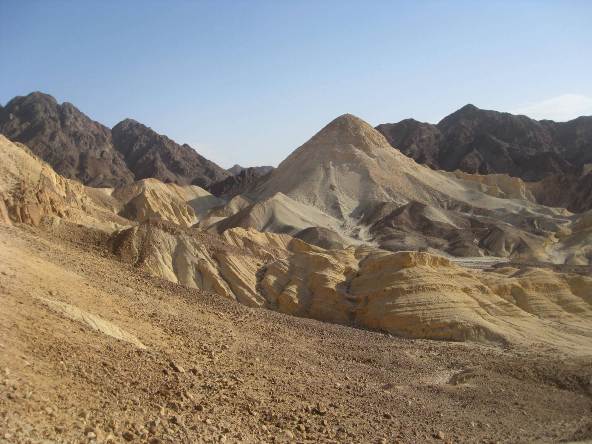
What can you find in the Israeli desert?
Besides jaw-dropping desert landscapes, the deserts of Israel are full of fascinating remains left behind, by Canaanites, Jews, Nabataean traders, Romans and early Christians. There are two main Israeli deserts:
- the Judean Desert - south east of Jerusalem and home to the Dead Sea and Masada.
- and the Negev Desert - between Beer Sheva and Eilat covering more than half of all of Israel's territory!
The Israeli desert scenery is full of variety. It can be sand-colored or full of colorful green and reddish rocks, flat or mountaineous, with moonlike craters, desert shrubs or even green oases.
Private Tours Heading South
Into The Israeli Desert
We offer four different private tours in the south of Israel.
Want to order an Israeli Desert Tour or get more information?
Choose one of the tours below. Our tour guide can help you put together your own private tour, based on your interests and your budget and whether you want to tour for a day or several days.
Negev Desert Tour - Discover the amazing landscapes and historical sites in the Negev Desert. Read more.
Judean Desert Tour: Visit the Jewish Fortress of Masada, the Dead Sea and the caves of Qumran. Read more.
Bethlehem and Judean Desert Tour: Visit the birthplace of Jesus and discover the ancient, picturesque monasteries in the Judean Desert. Read more.
Ancient Jewish Sites in the Desert Tour: Explore three fascinating ancient Jewish sites in the Israeli desert: Susia, Tel Arad and Tel Sheva. Read more.
This is the Ultimate One Day Christian Tour in Israel: It covers the Christian sites of Jerusalem, Bethlehem, Qasr El Yehud baptism site on the Jordan River and the lowest place on earth, the Dead Sea.
Jericho, Qasr el Yehud and Monasteries Tour. This tour takes you back to the most ancient city on earth and nearby Christian sites. Read more.
Book HERE for a tour with our private tour guide in Israel
Israeli Desert Private Tour
The Dead Sea, Qumran and Masada
The scenery as you descend from the hills of Jerusalem to the Judean Desert is breathtaking.
Rock and sand, mountains, riverbeds, cliffs and canyons up to 1,500 feet. As you continue the descent, you will start to see the the lowest place on earth, the Dead Sea which is 1,400 feet or 430 meters below sea level.
This stark desert landscape combines great natural beauty, modern beaches, mineral spas and ancient history.
People having lived in this area for over 6000 years, domesticating animals, building Jericho, the first known walled city and home to some of the earliers copper and bronze tools in human history.
Two thousand years ago, ancient Jews built two places here - Qumran and Masada. Both have been declared World Heritage sites.
In the caves of Qumran -
a Bedouin desert discovered one of the most remarkable findings of the twentieth century - the Dead Sea Scrolls.
To the delight of Christian and Jewish scholars, the scrolls contained the oldest Bible ever found, and many other writings describing the life and philosophy of the ancient Dead Sea sect 2,000 years ago in Qumran ...
You can explore the caves and the intriguing Qumran excavations.
Further south on a peak above the Dead Sea is the majestic natural desert fortress of Masada.
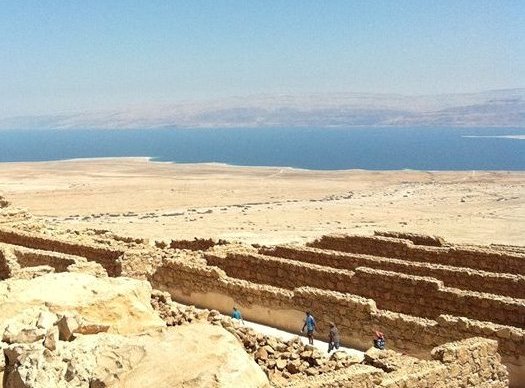
Ascending Masada by cable car, the views are incredible.
King Herod built a luxurious palace complex on Masada in the year 30. The remains of Herod's palaces are outstanding.
But Masada is most known for the inspiring story of the Jewish last stand there against the Romans. Masada was the last refuge of the survivors of the Jewish revolt against the Romans. After three years of war and siege, the Romans breached the fortress wall in the year 73 C.E. and all hope was lost.
Rather than be conquered by the Romans and taken as slaves, the Jewish zealots committed suicide. Preferring the 'glory of death' to slavery, all 960 Jewish men, women and children were found dead by the Romans.
In many ways, Masada became a symbol of Jewish resistance against all odds, and of the founding of the State of Israel.
- Full Day Tour
- Pickup / dropoff at your Tel Aviv or Jerusalem hotel
- Private with Guide / Driver $ 750
- Prices include entrance to the Dead Sea beach and do not include entrance fee to Masada.
Israeli Desert Private Tour
Bethlehem and the Judean Desert
We'll start with a 15 minute drive from Jerusalem to Bethlehem, located in the Palestinian territory. The border crossing takes minutes.
First stop is the Church of the Nativity, one of the oldest churches in the world, descending into the cave or 'grotto' where Jesus was born.

After Bethlehem, we continue into the heart of the Judean Desert and catch the dramatic views of the Ma Saba Monastery.
This active Greek Orthodox monastery seems to hang precariously from the walls of Kidron Valley, but it is sturdy and was built about 1,500 years ago. Unfortunately, only men can enter the church. Women can view it from the Women's Tower.
- Pickup and drop-off at your Tel Aviv or Jerusalem hotel
- Tour duration - Full day
- Private Car with Guide / Driver: $ 850
- Bring your passport for the (5 minute) border crossing to the Palestinian territories
Israeli Desert Private Tour
Ancient Jewish Sites in the Judean Desert
The tour will start early to have enough time for these three magnificent, ancient Jewish towns in the Judean desert.
First stop is the Susia archeological site, dating from the Second Temple era. We'll explore the ancient synagogue, with parts of an intact mosaic floor.
Two thousand years ago, the Jewish residents of Susia took careful security measures, building not only a wall around the city but also escape tunnels and a heavy, rolling door in the synagogue.
Susia also has thirty five 'mikvehs' - Jewish ritual baths, one in the courtyard of each extended family.
Just a few minutes drive from Susia, our next stop is Tel Arad, recognized as a UNESCO World Heritage site.
We'll discover one of the first walled cities in human history with a Canaanite wall dateing from 5,000 years ago!
Above the ancient Canaanite Arad is a Jewish fortress and a well-preserved Jewish Temple. It was built about 100 years before King Solomon built the great Jewish Temple in Jerusalem, but amazingly it is based on the precise Biblical requirements implemented in the Jerusalem Temple, yet to be built.
Continuing on a short drive past Beer Sheva, the modern capital of the south of Israel, we'll reach our final destination, Tel Sheva.
Another UNESCO World Heritage Site, Tel Sheva is the location of the Biblical town of Beer Sheva, from the days of Abraham, King Saul and King David.
We will visit the excavations and descend into the ancient, water supply system. It is considered one of the greatest engineering miracles of the world, although it was built over 3000 years ago.
- Pickup and drop-off at your Tel Aviv hotel
- Tour duration - About 9 hours
- Private Car with guide / driver: $ 750 from Tel Aviv
- Prices do not include entrance fees to the National Parks
Israeli Desert Private Tour
Landscapes and History of the Negev Desert
The tour will start early to have enough time to go down south to see the breathtaking views and historical remains of the Negev Desert, which makes up more than 50% of Israel!
First stop will be Sde Boker Kibbutz, to visit the desert home and memorial of David Ben Gurion, Israel's founding father and first Prime Minister.
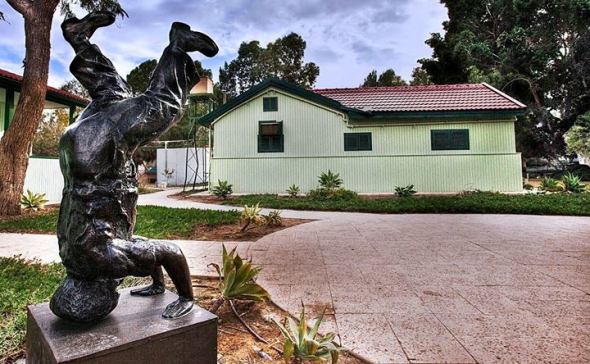
Next stop nearby is Ein Avdat Canyon, an oasis in the middle of the Negev Desert.
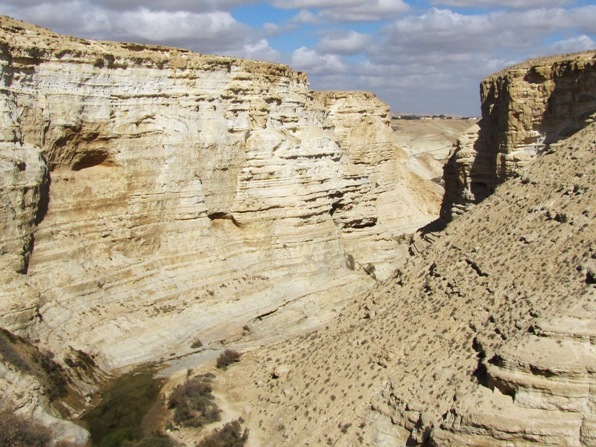
Besides reveling in natural beauty of the area, Ein Avdat is a UNESCO World Heritage Site.
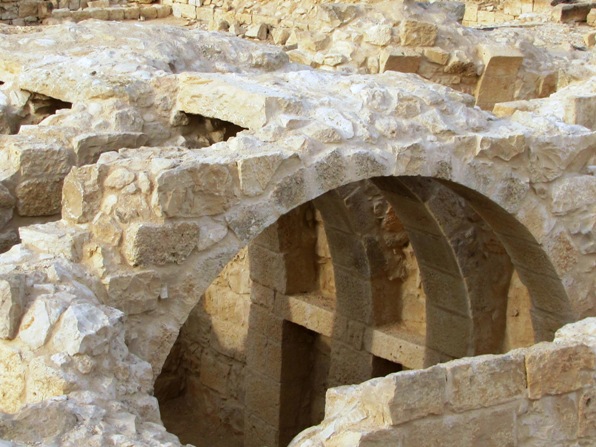
We'll explore the ancient Nabatean ruins dating from the 3rd century BC and Roman and Byzantine Christian remains.
Last stop on the tour will be the small town of Mitzpe Ramon.
This town overlooks Makhtesh Ramon Crater, called the Grand Canyon of Israel. We'll enjoy the moonlike views.
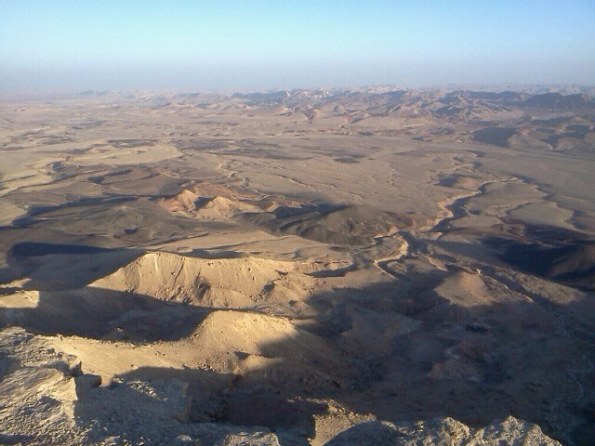
The Ramon Crater is the world’s largest erosion canyon, created 220 million years ago when ancient oceans covered this area.
From Mitzpe Ramon we shall drive back to your hotel.
- Pickup and drop-off at your Tel Aviv hotel
- Tour duration - About 9 hours
- Private Car with guide / driver: $ 750 from Tel Aviv
- Prices do not include entrance fees to the National Parks
Israeli Desert Private Tour
Jericho, Qasr el Yahud and Monasteries
This tour takes you back to the beginning of human civilization and to the first city recorded in history - Jericho.
First stop is the ancient spring of Jericho, known as Elisha's Spring. Right across is Tel el-Sultan, the site of ancient Jericho where we'll explore the excavations and the 10,000 year old tower, the oldest ever found on earth!
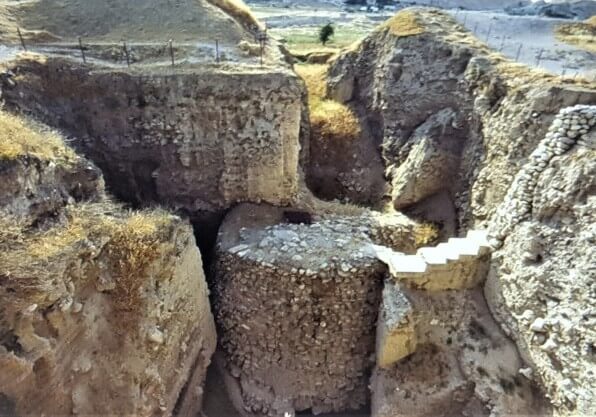
After visiting the 2,000 years old Sycamore tree, called "Zacchaeus Tree", we'll take a five minute cable car ride up to to Quarantel Monastery, perched on the steep cliffs on the Mount of Temptation.
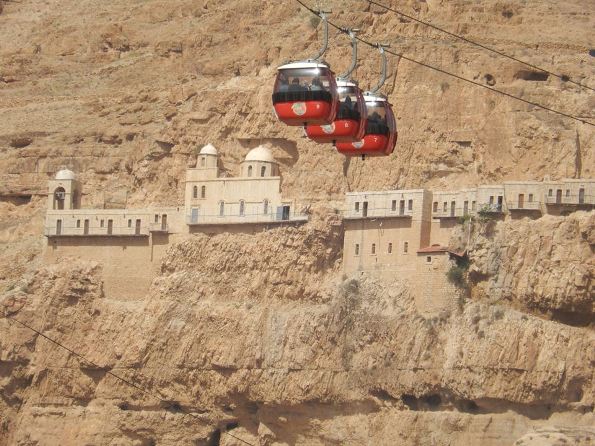
According to tradition, this is the place where Satan tempted who was fasting for 40 days.
From Jericho, we'll travel to the Jordan River and to the beautiful site of Qasr El Yahud, the spot where Jesus was baptized by John the Baptist. It also considered the place where the tribes of Israel crossed over the Jordan River to the Land of Israel.
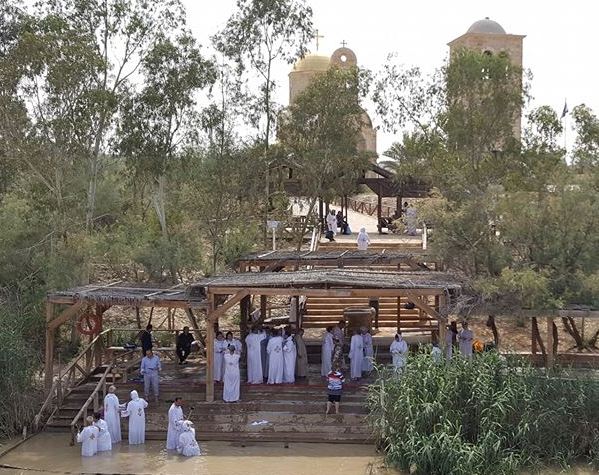
There are many ancient and more modern monasteries on the Israeli and Jordanian sides of the border.
Next stop is St. Gerasimus Monastery, also called Deir Deir Hajla Monastery. Built back in the 5th century, the monastery was destroyed after 200 years by the Persian Army. You can see the skulls of monks that were executed.
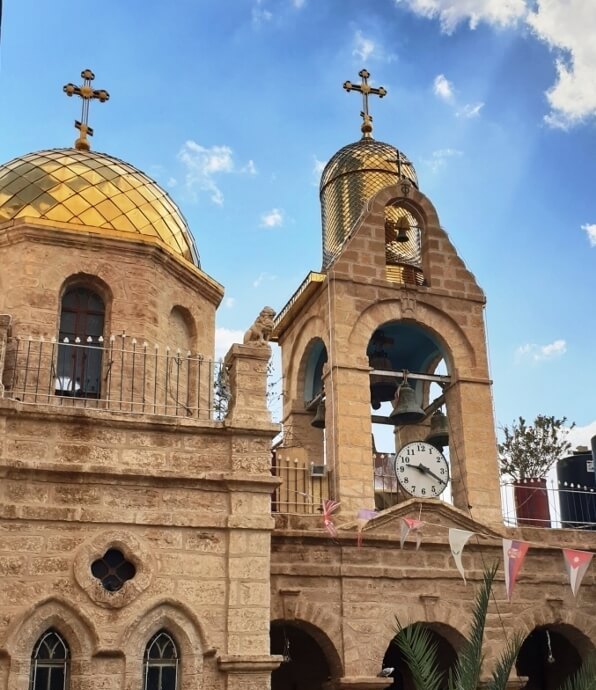
The current structure was rebuilt by the Crusades, over 1,000 years ago.
- Full Day Tour
- Pickup / dropoff at your Tel Aviv hotel
- Private with Guide / Driver $ 700
- Prices include entrance to the Dead Sea beach and do not include entrance fee to Masada.
You may also be interested in:
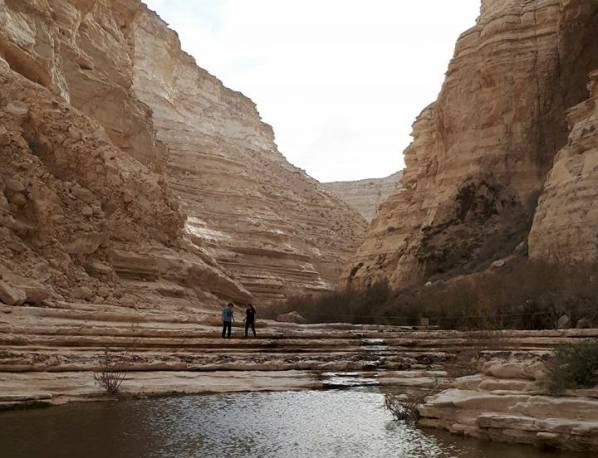
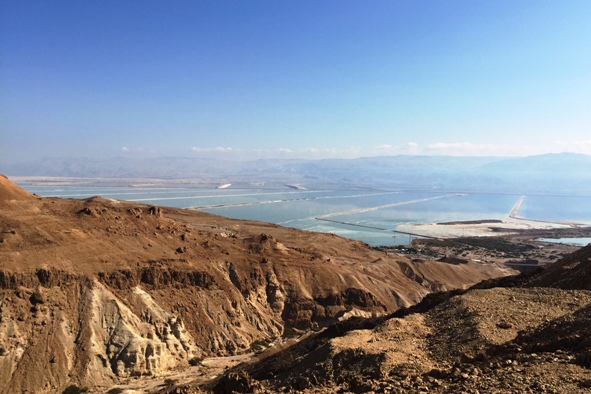
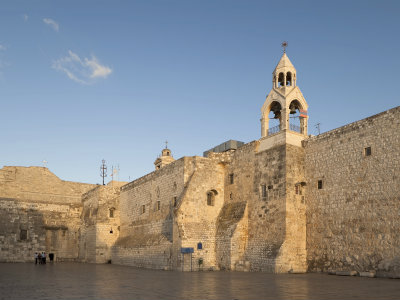
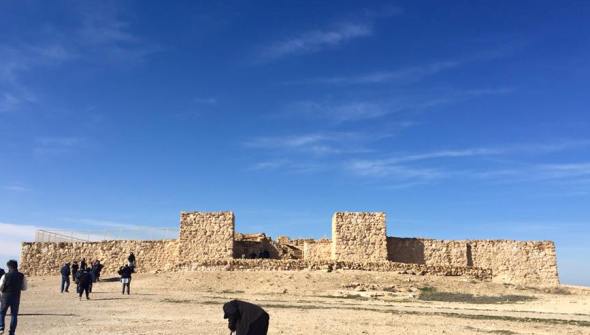
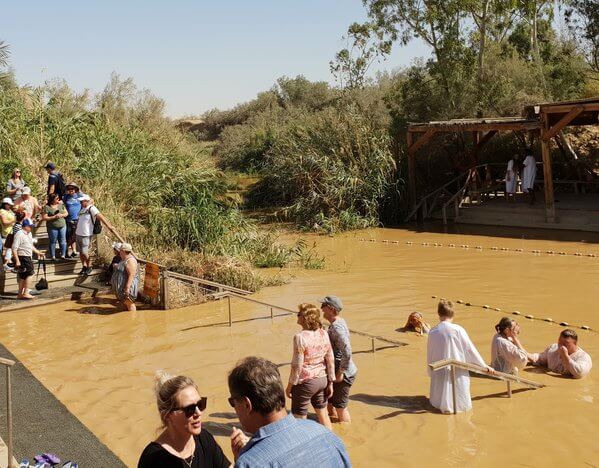

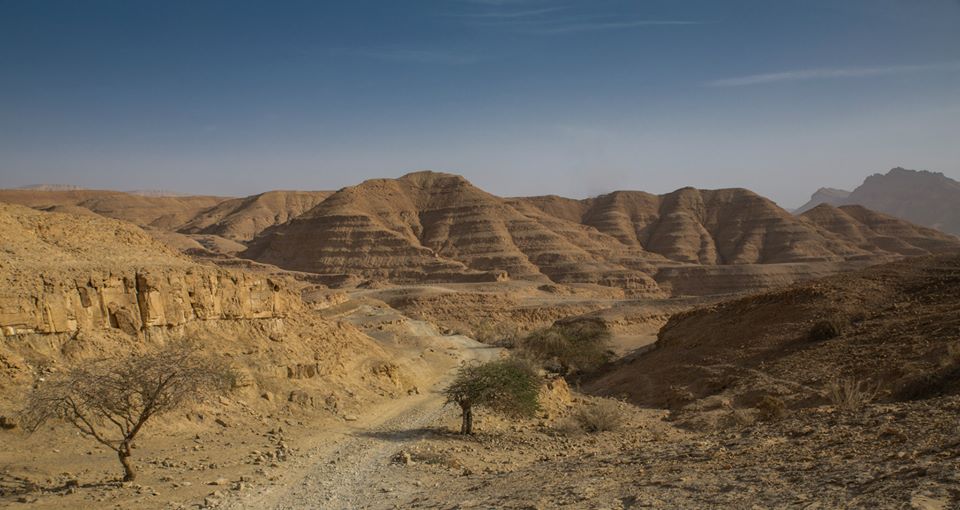
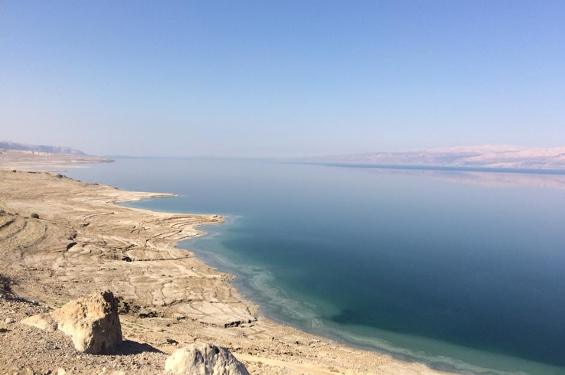
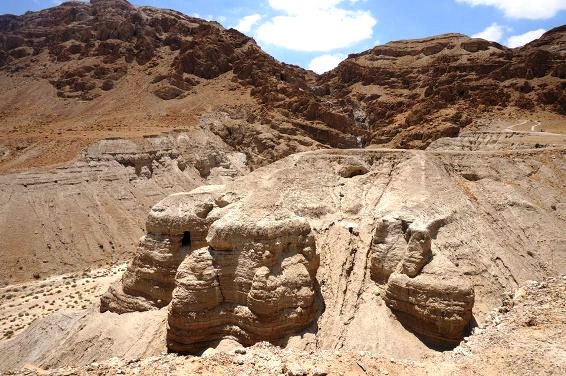
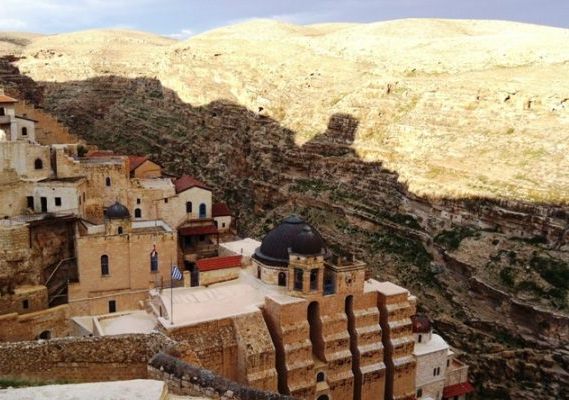
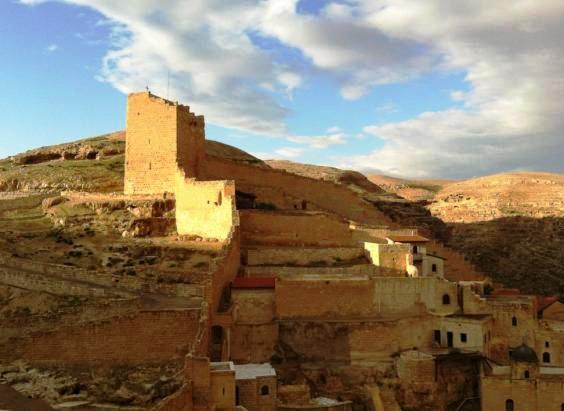
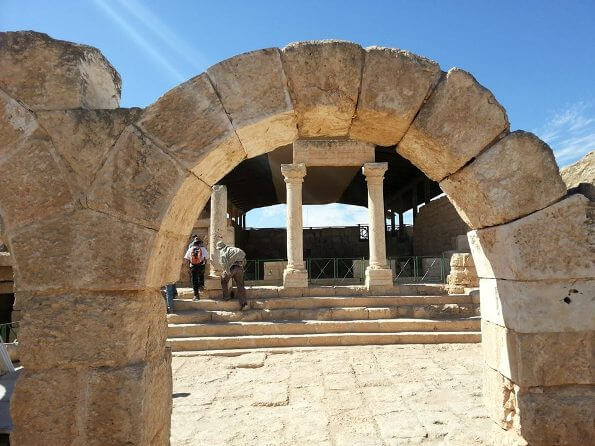
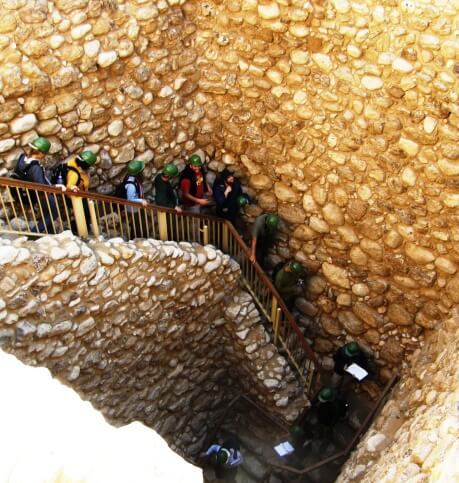
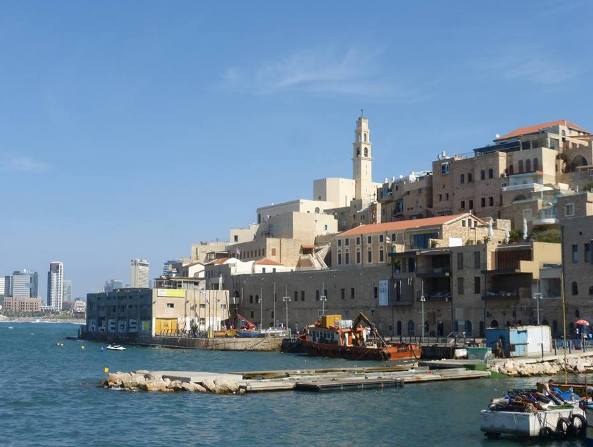

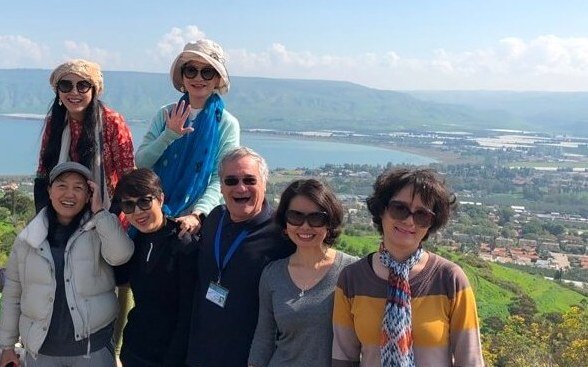
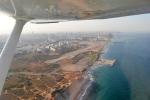
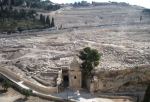
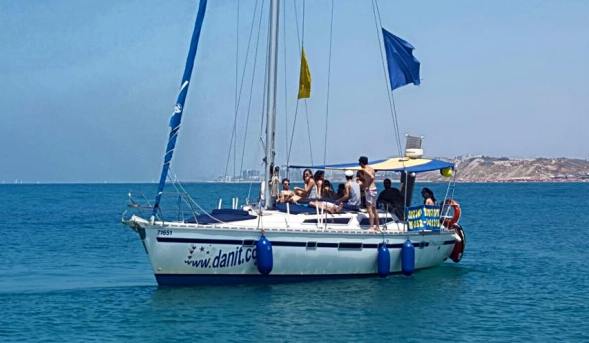
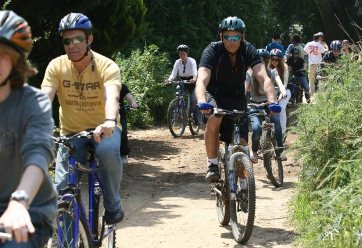
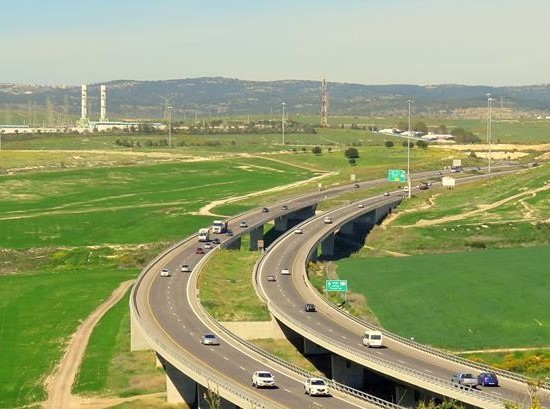
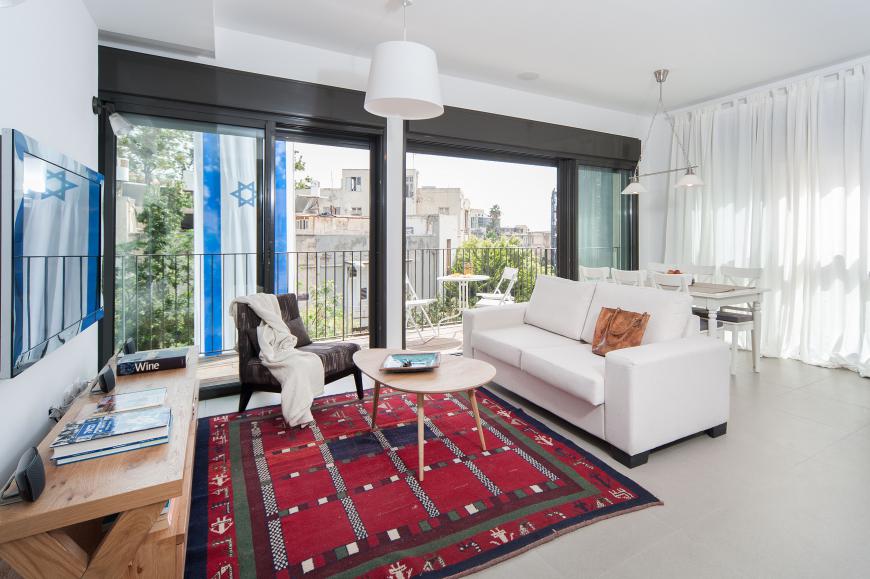
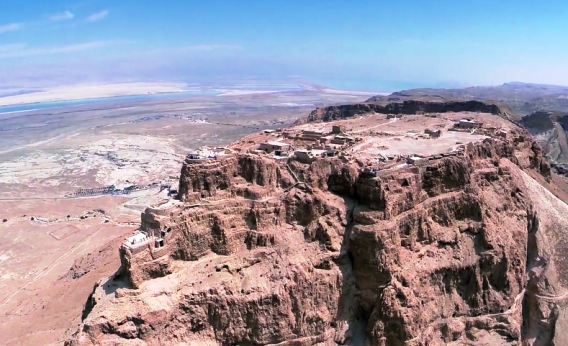


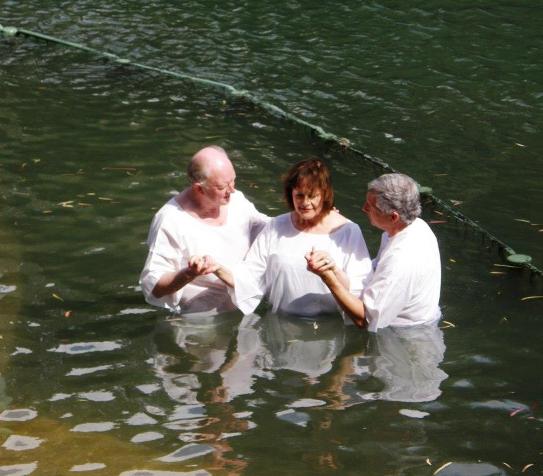

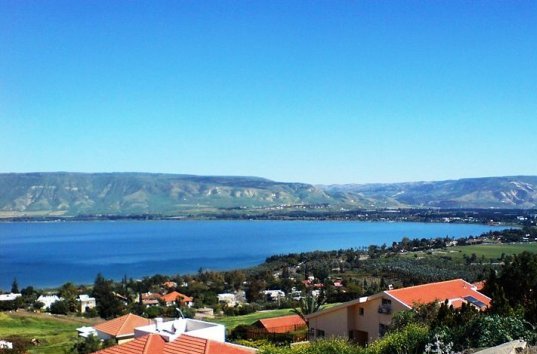
Facebook Comments
Enjoyed your visit? Have something to say? Why not leave a comment in the box below.